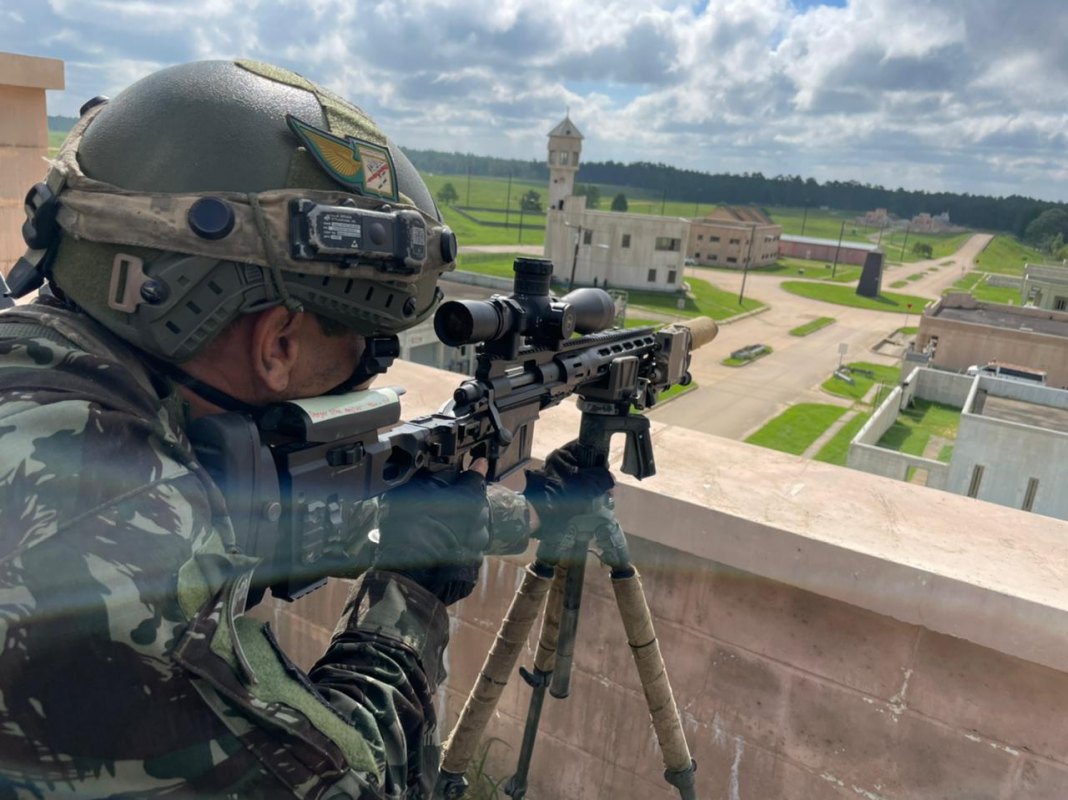Ximena Moretti
A recent five-day winter training session in the Pino Hachado region trained 15 Troops of the Argentine Armed Forces to better help lost hikers and support firefighters.
Participants, from the 21st Mountain Infantry Regiment (RIM 21), studied from July 3-8 to improve their operations in difficult mountainous terrain while coping with challenging weather at any time of year. The exercises, which were held in a zone with a complex of border crossings in the Midwest zone in province of Neuquén, “required participants to withstand severe climate, as necessary to fulfill assigned missions, and a 25-kilometer march across snow-covered terrain in order to reach and reconnoiter the area of Paso Desecho de Mendoza,” according to an Argentine Military report.
Officers, non – commissioned officers ( NCOs) and voluntary Troops strengthened their abilities through mountain survival instruction, conducting exercises in snow caves and igloos, erecting defenses and running defensive operation exercises. Participants also conducted ground reconnaissance drills,allowing them to update their cartography skills to “support the community by aiding lost persons and by fighting fires.”
T raining in challenging conditions
RIM 21, which went operational in 2005 after it was deactivated in 1997, is a specialized Regiment assigned to snow-covered Alpine areas; it was first created by the Military at the start of the 20th century, and operates under the Sixth Mountain Brigade, headquartered in Las Lajas in Neuquén. The Regiment typically trains in dangerous conditions and often engages in life-saving missions.
The recent exercises, conducted during a snow storm, represented “a complete training session,” said Juan Belikow, a professor of foreign relations, defense and international security at the University of Buenos Aires in Argentina.
“Missions give no quarter, even in winter. It is a tough activity that cannot be replaced by simulations. It is an experience that requires training on that terrain. Argentina maintains a high level of training for this activity.”
Indeed, as Argentina is the principle snow destination in South America and home to numerous ski resorts spread throughout the 2,400-kilometer stretch of the Andes Mountains, the Regemint has to be prepared for emergencies. Units such as RIM 21 and the Gendarmerie can reach mountain climbers who are trapped by snow storms in the Pino Hachado pass, which is in the Andes mountain range north of Argentine Patagonia and connects the neighboring Araucanía region in Chile.
“Several international Olympic ski teams have trained in Southern Argentina and Chile and have suffered accidents or been left stranded in snow storms,” Belikow said. “The Army and the Gendarmerie work together in search, rescue and delivery of rations to hikers.”
Troops also help firefighters
In addition to rescuing those trapped by snow storms, RIM 21 and other branches of the Armed Forces also assist firefighters who battle blazes in mountain regions. Argentina’s fire departments are supplemented by the Military, which is responsible for coordinating all logistics of large-scale deployments.
In March 2015, Army Troops teamed with a large contingent from the National Fire Management System to fight fires that had erupted in Los Alerces National Park and in Cordón Currumahuida, which is in mountain range’s Chubut section. The blaze, considered one of the largest forest fires in Argentina’s history, affected more than 34,000 hectares of native forest in the province, an area one-and-a-half times the size of the Autonomous City of Buenos Aires.
“It will take over 100 years for all the area’s vegetation to recover,” Juan Paritsis, a researcher at the National Council for Scientific and Technical Research (CONICET), in Argentina, told Infobae .
When the wildfires season begins in the Southern Cone, the fires move northwards as the summer progresses, with a lull from September through November – and then the wildfires start again in the south.
“In the last 29 years, Latin America has lost the equivalent of 10 percent of the plant’s forested area – some of the fires were arson, others were accidental,” Belikow said.






























